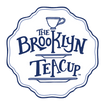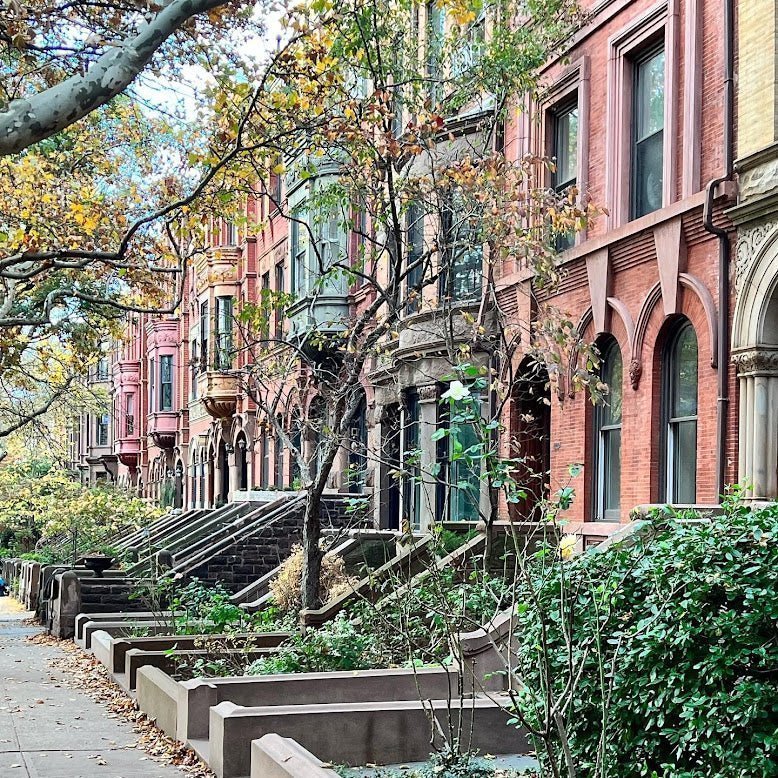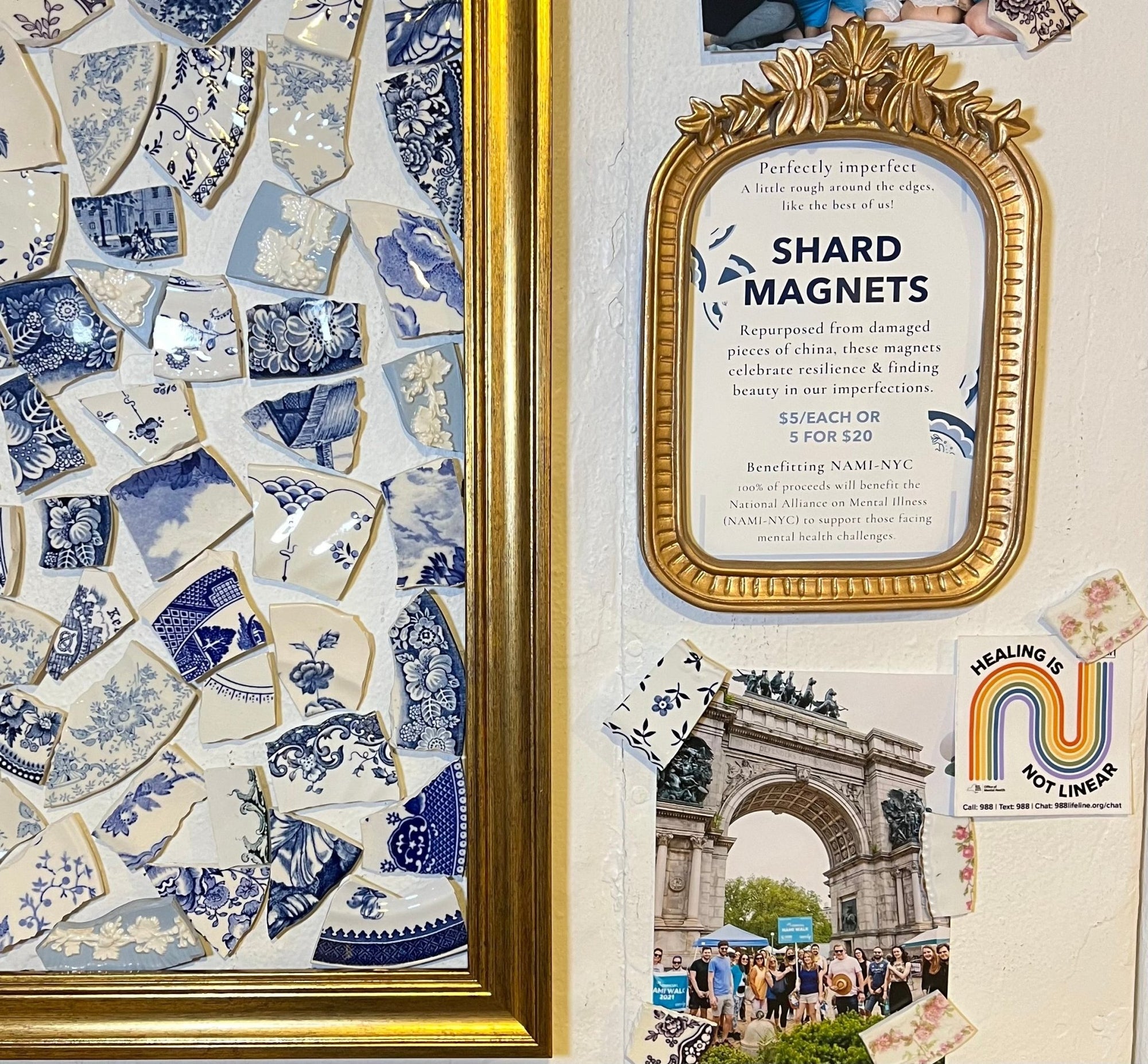From its roots as a 19th-century English tableware trend to its global reach today, this iconic pattern has captivated generations of fans with its intricate designs, symbolic details, and timeless charm. Read on to learn all about Blue Willow china.
What is Blue Willow China?
Blue Willow china is a classic tableware pattern that showcases an enchanting transfer-printed design of Chinese symbols depicting a what appears to be a serene outdoor setting. The design's primary blueprint is consistent, and the pattern can be found on various porcelain dishes, serving pieces, and tea sets. Blue Willow is categorized as a chinoiserie design, as it draws inspiration from Chinese art and culture, but was crafted specifically for European audiences.

Where Did the Pattern Come From?
The exact origin of the Blue Willow pattern is not known, however, it's believed that it was first made in England during the late 1700s. There are conflicting stories about who created the pattern too—some claim that Josiah Spode (of the popular Spode company) invented it, while others say John Turner did.
Anyway, Thomas Turner mass-produced the pattern on earthenware through a process known as “transferware” printing, making it popular and affordable.
Over the years and until the present, many variations of Blue Willow have been created and replicated. According to the International Willow Collectors' website there are 400 documented makers of Blue Willow in Great Britain and 500 worldwide!
Here are just six different versions of Blue Willow that we sell and upcycle at our Brooklyn studio:

Makers include: Myott Staffordshire, Johnson Bros, Alfred Meakin, Churchill, Japan Co. and Homer Laughlin.
The Legend Behind the Blue Willow China Pattern:
The pattern may look idyllic but the story behind the Blue Willow pattern is one of forbidden, star-crossed love! According to collectors, the pattern tells the story of a wealthy merchant named Tso Ling who had a beautiful daughter named Kwang-se.
The father and daughter resided in a beautiful pagoda, situated under a pine tree next to a bridge. Tso Ling promised his daughter's hand in marriage to a wealthy businessman associate of his. Unbeknownst to Tso Ling, Kwang-se fell in love with Chang, her father's kind and handsome but poor clerk.
When Tso Ling found out about the secret relationship, he was furious. To prevent the affair from interfering with the plans he made for his Kwang-se, he kept Kwang-se locked up. The two managed to elope across the sea to a cottage.
As legend has it, Tso Ling would not stand for this and went after them by boat. He was about to have them killed when the gods intervened and transformed the lovers into turtle doves.
Look closely at the plates and you'll notice several features of the story, including the two doves gazing into each other's eyes at the top of the design. As you might imagine, the dramatic story has inspired many plays, books, poems and, of course, beautiful ceramics of all shapes and colors.
Essential Elements in the Blue Willow Pattern:

To be considered a true Blue Willow pattern, there are certain elements that must be present. These include:
- willow trees
- pine trees
- bridge with three men on it
- fence
- boat
- teahouse or pagoda and
- two birds in flight
While these are the most essential features, many pattern variations exist, including minor differences in the appearance, such as the features of the birds birds. For example, versions produced by Japanese makers often feature plumper birds compared to early English patterns. Despite some minor differences, all authentic Blue Willow patterns share these core elements and are recognized for their classic, timeless appeal.
What Makes Blue Willow China So Popular?
The Blue Willow china pattern has been popular since its initial production and continues to be a classic pattern even today. Part of the reason is its unique story, (believed to be completely fabricated by a smart sales team!) and the symbolic and "exotic" details. One of the reasons it became so popular in the U.S. is something called the Blue Plate Special.
The Blue Plate Special
During the 1920s and through the Great Depression, Blue Willow china experienced a surge in popularity and became a common sight in many American food establishments. Restaurants and diners that advertised a "Blue Plate Special," served hearty and affordable meals to their hardworking and budget-conscious patrons. Usually the plates they were served on were Blue Willow "grill plates," which had separate areas on the plate for entrees and sides.
Pop Culture, Media & Celebrity Endorsement
Blue Willow also enjoyed popularity thanks to some celebrity attention. William Randolph Hearst, the American press magnate, commissioned a special gold-rimmed version of Blue Willow china for his San Simeon castle (namely so wouldn’t be mistaken for the lower-cost, widely available pattern). Blue Willow was was also the preferred china pattern of Aunt Bee from “The Andy Griffith Show.” The pattern went on to be included in period pieces and Western films and is widely considered the "one the most identifiable design elements of 18th and 19th century crockery." Side note: how great is the word crockery?
Conclusion:
The Blue Willow pattern is a timeless and classic choice for home decor due to its iconic blue and white color scheme. The pattern's versatility allows it to be used for both formal and casual occasions, and its durability as a dishwasher safe transferware plate, makes it a practical choice for everyday use. In addition, this pattern can be easily mixed and matched with other blue and white transferware to create a sophisticated and chic dinnerware set with a touch of eclectic style.
On the hunt for Blue Willow china?
Check out The Brooklyn Teacup's mix and match vintage plate sets and Sophisticated 3-Tier Tray.
Resources:



Comments
When I was 10 my parents sister and I went to Australia. Out in my grandparents garage in Mt. Lawley WA, there was blue willow china for us to play with. I am still in love with blue willow but have Calico as my everyday china. I love anything blue china. Once I remember my mother reciting the legend but I can’t for the life of me remember it.
I have a Blue Willow china set there has no markings on the back that I had bought off of elder lady that was about 80 years old she said she had when she got married and I’ve had him 30 years and myself
I have a lot of blue willow-original or not I don’t know. It all came from my mom after she passed. It seven too much to have in a china cabinet
I would love to be on your mailing list.
Hi there, Janet! Thank you for writing. We’re not pattern experts – however, we would like to suggest that you check replacements.com who might be able to offer more information.
Hello there, Mike! Thanks for writing. Unfortunately, we’re not purchasing— but if you’re interested in transforming your pieces into unique and practical decor, visit https://thebrooklynteacup.com/pages/transform-your-china
Hello Milli! We definitely know the feeling – thank you for sharing!
Hello Marya! We know what you mean. Thank you for sharing your story ❤️
Hi there, Martha! Thank you so much for sharing! ❤️
Hello there, R. Ahoff! Thank you for reading! So glad you enjoyed this post!